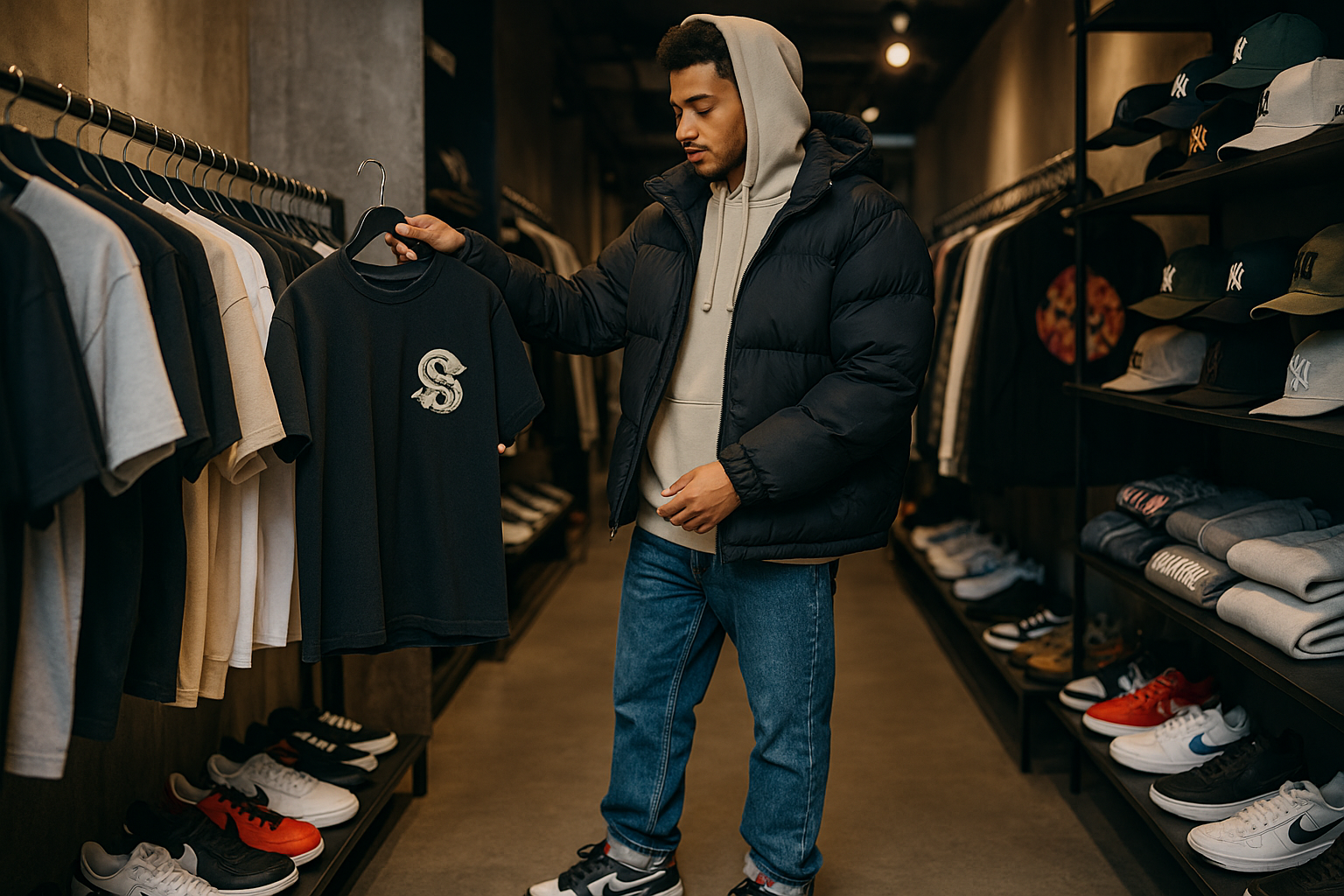Decoding the Enigma of Streetwear: A Walk Through the Concrete Runway
Streetwear: A term that has become synonymous with the fashion-forward youth, a collective voice of a generation, and an unavoidable component of the fashion retail landscape. This article delves into the origins, evolution, and current trends of streetwear, illuminating the appeal of this style and its influence on the shopping habits and fashion choices of consumers.

Origins of Streetwear: A Cultural Binding Agent
Streetwear finds its roots in the heart of California’s surf and skate culture of the late 1970s and early 1980s. It was a style born out of necessity and comfort, promoted by brands that catered to these communities. The initial wave of streetwear was a fusion of sportswear, punk, and hip-hop culture, reflecting the attitudes and lifestyles of the youth.
The Evolution: From Subcultural to Mainstream
The 1990s saw the explosion of streetwear into mainstream fashion, fueled by the growing popularity of hip-hop and the incorporation of the style by high-fashion designers. Brands like Supreme, Stüssy, and A Bathing Ape became the torchbearers of streetwear, their influence seeping into the collections of luxury fashion houses.
Streetwear Today: A High-Fashion Staple
Today, streetwear has etched itself permanently into the fabric of high-fashion. From luxury collaborations like Louis Vuitton x Supreme to the rise of athleisure, streetwear has transformed from a subcultural statement to a global style phenomenon. This shift has created a new consumer behavior, with buyers flocking to limited-edition drops and coveting logo-centric pieces.
Key Elements of Streetwear Style
-
Logomania: Streetwear is characterized by a love for logos. Large, bold logos are a staple of this style, signifying brand loyalty and cultural identification.
-
Sneaker Culture: Sneakers are arguably the most crucial component of streetwear. From collaborations to limited-edition releases, sneakers have become a sought-after commodity and a collector’s item.
-
Graphic Tees: Graphic t-shirts, often featuring brand logos, unique designs, or messaging, are a quintessential part of streetwear.
-
Comfort and Oversized Fit: Streetwear prioritizes comfort, often featuring baggy silhouettes, oversized fits, and casual pieces like hoodies and sweatpants.
The Impact of Streetwear: Shaping a New Retail Landscape
The rise of streetwear has dramatically changed the retail industry. The traditional fashion cycle of seasonal collections has been disrupted by the “drop” model popularized by streetwear brands, creating a sense of urgency and exclusivity. This shift has led to the rise of resale platforms and has influenced the marketing strategies of traditional fashion brands.
Streetwear has also democratized fashion, blurring the lines between high and low fashion. It has given a platform to independent designers and has created a new space for creativity and self-expression in the fashion industry.
In conclusion, streetwear has evolved from its humble origins into a dominant force in the global fashion industry. It has influenced everything from consumer behavior to retail strategies, reshaping the landscape of fashion as we know it. The allure of streetwear lies in its ability to encapsulate cultural trends, reflect social movements, and dictate the pulse of fashion, making it more than just a style—it’s a lifestyle.





